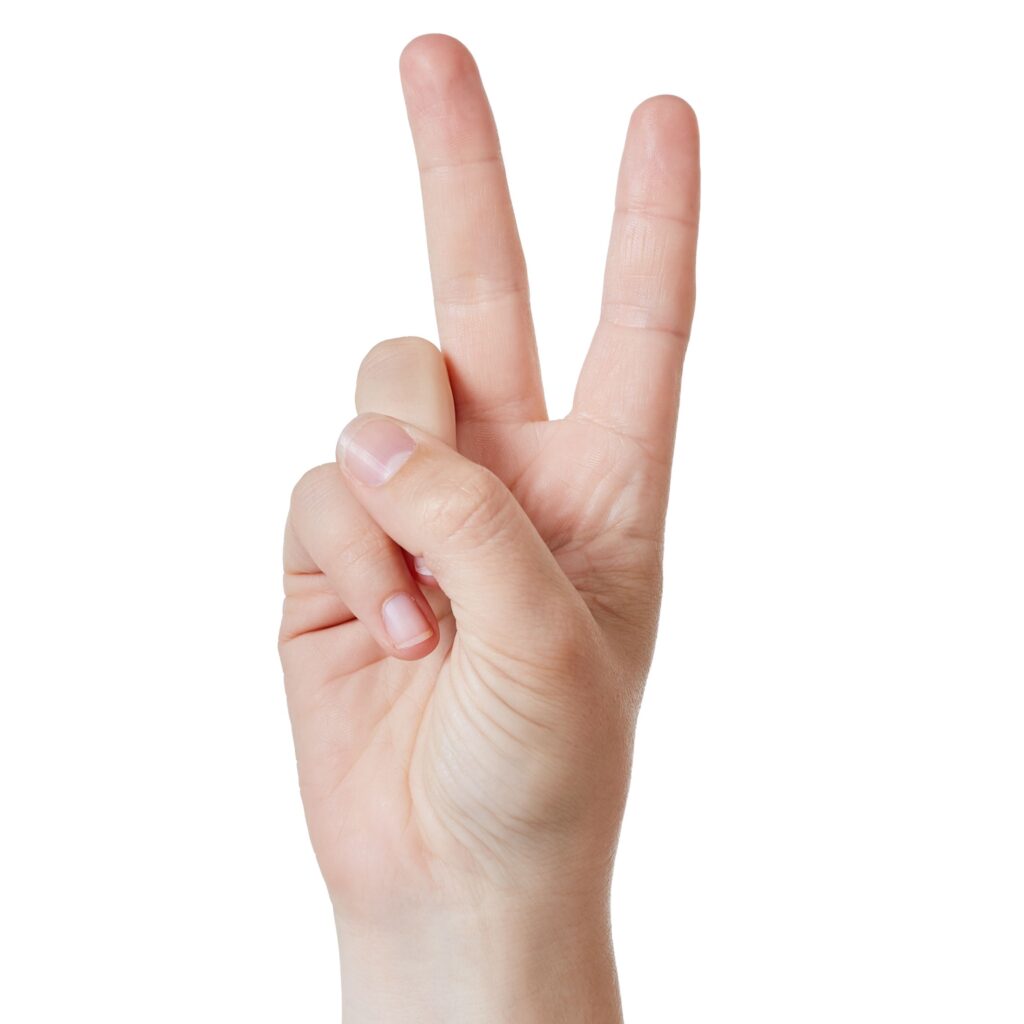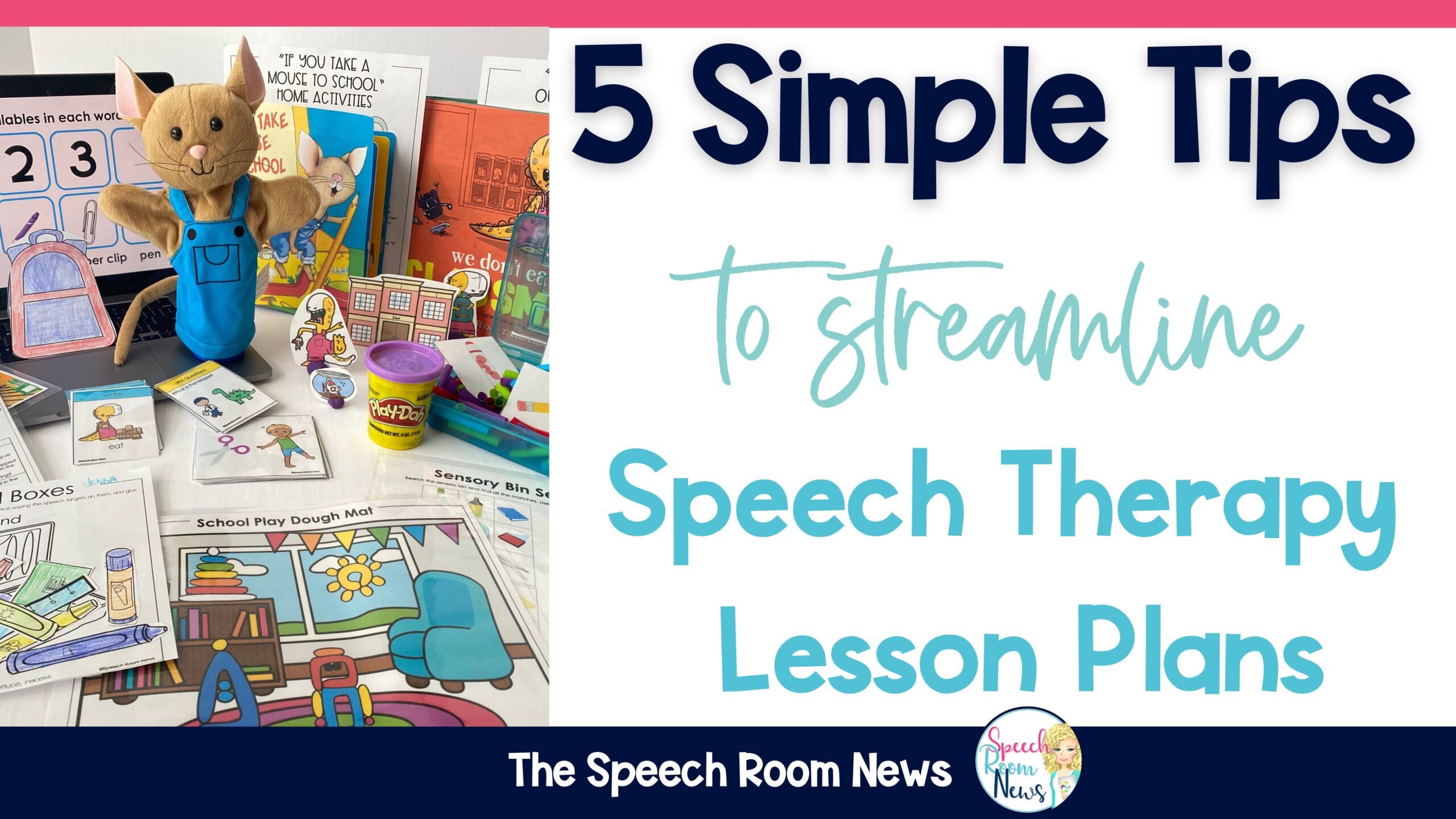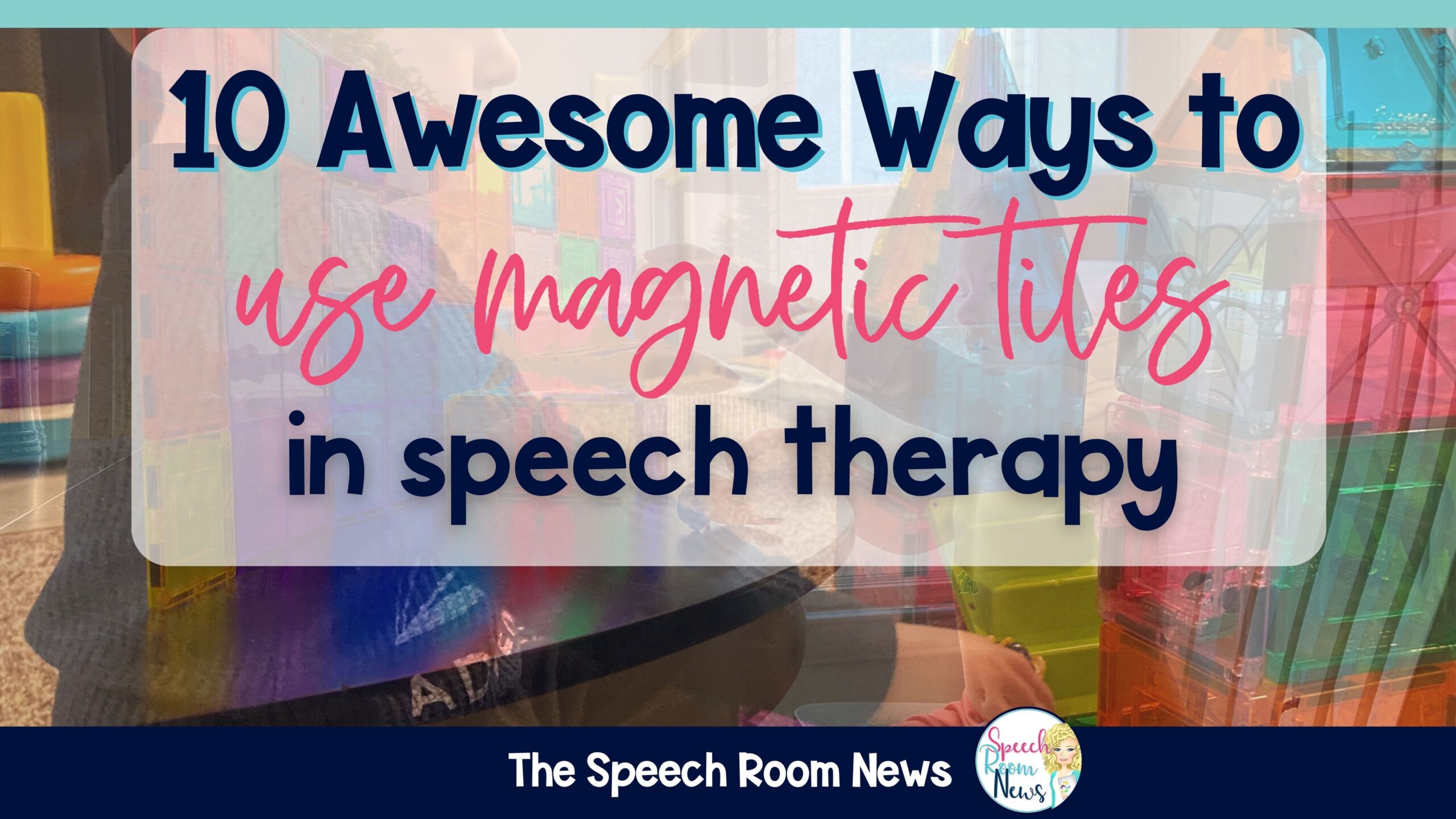What is an Iconic Gesture?
Babies and toddlers start to use lots of gestures to show what they want or need at a young age. When we use a gesture that is similar in shape to the word, it is called an iconic gesture. For example, think of holding up two fingers in a v shape and pretending to make your fingers “hop” to symbolize the word bunny. You can also consider this a shape gesture. Why is parent coaching for iconic gestures in speech therapy so important?

Why are Gestures Important in Communication?
Research tells us that children’s early vocabulary is usually made up of mostly objects. We also know that in typical vocabulary development, children use a strategy called “shape bias” to quickly learn and grow their vocabulary. For example, this would be when a child learns that a round object is called a ball. However, they may then start to overgeneralize and call any round object a ball. We can actually use this naturally occurring strategy to help children and boost their knowledge of different objects.
Iconic co-speech gestures are helpful because they build semantic knowledge and they create links between words because they illustrate the meaning of the word they represent.

Iconic Gestures vs. Declarative Gestures in Speech Therapy
You may have also heard of declarative gestures in speech therapy. Gestures are considered “declarative” when the child’s goal is simply to direct another person’s attention to something in the environment that the child considers to be interesting. For example, if your child points out the window at the school bus driving by with excitement, that is a declarative gesture. Find out more about why using declarative gestures is also important here.

Early Intervention Parent Handouts for Speech and Language: Using Shape Gestures
Research also tells us that gestures that represent object functions help in a similar way. If you can’t think of a shape gesture, think about a gesture that shows how you use something. For example, moving your fingers in front of you to represent playing the piano. Now, think about what gesture you could make up to represent each of these objects:
bird
ball
cup
block
hat
car
You can grab the Early Intervention Parent Handouts for Speech and Language to help coach and guide parents on the importance of using different gestures with their child. It includes 17 different articles or resources.
•How to Teach Gestures
•Point More
•Responding to Gestures
•Pretend Play & Gestures
•Declarative Gestures
•Gestures Encourage Verbalizations
•Gesture Development
•10 Ways to Model Gestures in Routines
•Gestures versus Sign Language
•Gestures + Speech Combinations
•Using Shape Gestures
•Gesture Checklist
I definitely don’t share ALL of that information with my parents at one time (that would be information overload) but I do pull out important articles that make sense for them and their child.
Citations:
-Lowry, Lauren. (2015) Taking a Closer Look at Gestures: Implications for Intervention with Late Talking Children. The Hanen Centre. https://www.hanen.org/SiteAssets/Articles—Printer-Friendly/Research-in-your-Daily-Work/Printer-Friendly—Closer-Look-at-Gestures.aspx?fbclid=IwAR0B3-rgawfi_dNkatPlxolXKkiBmeAT9LJvgATqhAoIcT9FZN-V3cJqnZo
Do you do any parent coaching for iconic gestures in your speech therapy room?
✕
Join the SRN newsletter!

I’m so glad you stopped by! If you’d like to keep up with the newest posts and get exclusive free downloads, please sign up for the newsletter! Your first freebie is ready as soon as you subscribe and confirm your email!




